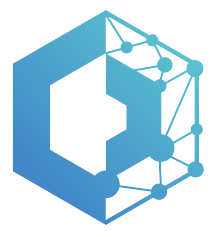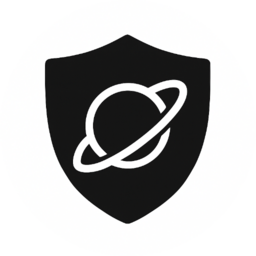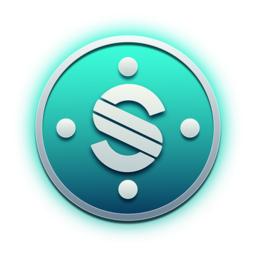LUNC
Native asset
$-.--
Sourced from vyntrex.io.
This is a community-curated resource hub for Terra Classic. As a decentralized and community-owned network, Terra-Classic has no official website. On this page you can find applications, tooling, and knowledge to help teams ship faster and empower the global Terra Classic community. Dive into the ecosystem, connect with infrastructure and find your place in the Terra Classic community.
Hardened
Validator-grade playbooks & monitoring
Network reach
Global RPC, LCD, and gRPC access points
Wallet ready
Supported by major wallets and scripts
Why Terra Classic
99+
Applications, infrastructure, and tools
-.--%
Source: validator.info
Live Signals
Stay aligned with Terra Classic token dynamics so you can act with confidence when building, staking, and participating in governance.
Native asset
$-.--
Sourced from vyntrex.io.
Native asset
$-.--
Sourced from vyntrex.io.
Delegator insight
-.--%
Annual rewards for active delegators, sourced from validator.info
Resources and tools for developers building on Terra Classic











Critical infrastructure services for the Terra Classic network














Tools for interacting with and analyzing the Terra Classic blockchain











Cross-chain bridges connecting Terra Classic to other blockchains
Validator communities and resources



Games and entertainment platforms built on Terra Classic







News and information sources about Terra Classic






Secure wallets for storing and managing your Terra Classic assets


Centralized exchanges where you can trade LUNC and USTC




Decentralized exchanges for trading Terra Classic assets



Applications and services built on Terra Classic









Get answers to the most common questions about Terra Classic in 2025
Terra Classic (LUNC) is the original Terra blockchain that stayed online after the 2022 collapse. The community kept maintaining the chain, validators, and governance. Terra 2.0 is a separate network launched by Terraform Labs without the algorithmic stablecoin. Both chains now evolve independently.
Terra Classic relies on community proposals and open-source contributors, with no central ownership. If you hold LUNC or USTC, you are on Terra Classic. New apps, tooling, and community initiatives referenced on this site focus on Terra Classic.
To stake LUNC, connect a wallet such as `Keplr`, `Galaxy Station`, or `Cosmostation`, choose a validator, and delegate tokens. Staking APR moves with governance parameters and network usage. As of 2025 it typically ranges between 6% and 8% annualized.
Rewards stay in the distribution module until you claim them. Remember that staking comes with a 21-day unbonding period; undelegated tokens cannot be moved until that period ends and do not gain rewards. Diversifying among trustworthy validators reduces risk of slashing events.
Burn activity is tracked by several community dashboards including `LUNC Burner`, `LUNC Metrics`, and `LuncDash`. They aggregate on-chain tax burns, community burn wallets, and exchange burns that are publicly disclosed.
You can also verify supply changes directly on-chain using explorers such as `Galaxy Finder` or `AtomScan`. Look for the `Distribution` or `Supply` tabs to see current totals and burn transactions.
USTC is no longer a collateral-backed stablecoin. Price fluctuates with speculation on repeg plans and treasury strategies. Always check the current market price and liquidity depth before trading.
The community is exploring partial collateralization and treasury programs, but none guarantee a $1 peg. Treat USTC as a volatile asset and diversify risk. Use reputable exchanges listed in the `Markets` section and enable two-factor authentication for your accounts.
Governance happens on-chain through text or parameter proposals. Visit `Validator.info`, `Common.xyz` or other blockchain information pages to read active proposals, discussion threads, and voting deadlines.
Vote directly from your wallet interface. Delegators can override their validator’s vote anytime during the voting window. Review the proposal’s `Forum` discussion, check validator sentiment, and confirm you have a small amount of LUNC available to cover gas fees.
The community recommends public endpoints from `PublicNode`, `Hexxagon`, and `BiNodes` for quick access. For production workloads, run your own full node using the latest `classic-core` release, keep snapshots updated, and monitor the `Terra Classic Validators` Discord for alerts.
Builders can rely on the `@goblinhunt/cosmes` SDK, public APIs, and the `Community Discussions` linked in the docs. Testnet access is available on `rebel-2` with endpoints hosted by `luncblaze.com`.
Hardware wallets such as `Ledger` paired with wallet sites like `Galaxy Station` interface provide strong security. For software wallets, the community frequently uses `Keplr`, `Galaxy Station` or legacy `Terra Station`.
Always download wallets from official links, store recovery phrases offline, and beware of phishing sites. For large balances consider multi-signature solutions or smart-contract multisig wallets.